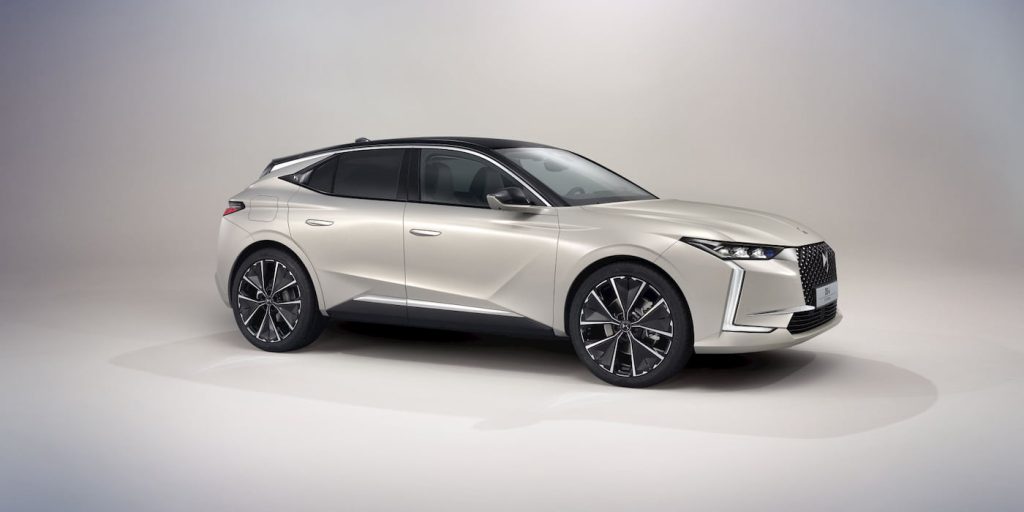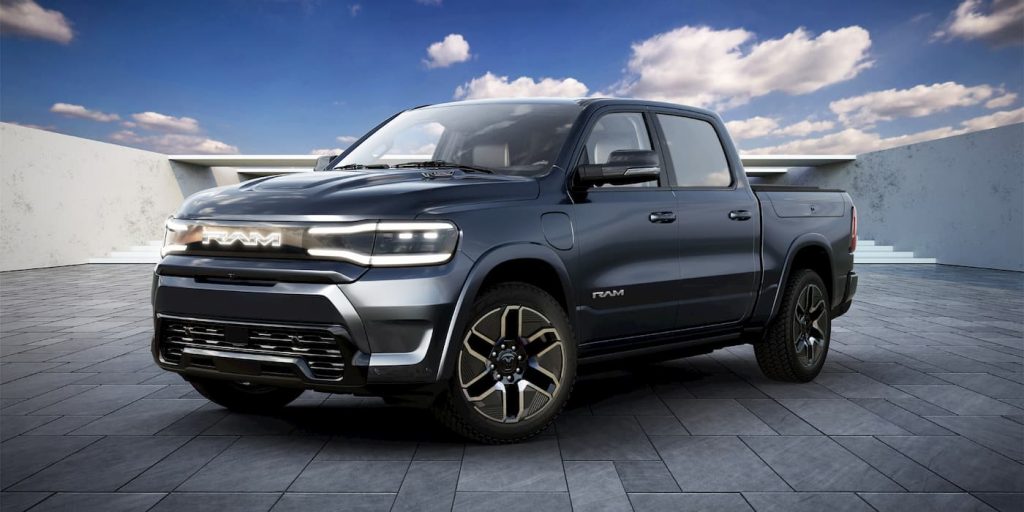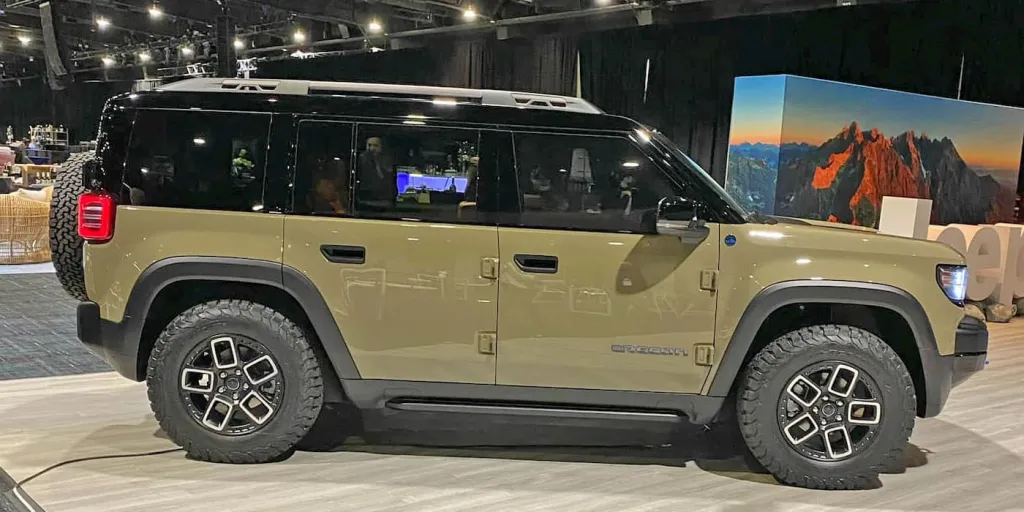
Stellantis is launching a new all-electric compact SUV in 2025. The automaker revealed it would invest 160 million euros ($171.8 million) to build the new EV at its Rennes plant in France on Thursday.
The automaker said in a statement that it will use the funds to establish a battery assembly workshop and another dedicated to plastic injection moulding, according to a report from Reuters.
As the parent company of Jeep, RAM, Dodge, Alfa Romeo, Citroen, Maserati, and more, Stellantis aims for 100% of passenger car sales to be electric in Europe by 2030 (50% in the US). The ambition is part of Stellantis’s broader climate strategy called Dare Forward 2030, including introducing over 75 new electric vehicles by the end of the decade.
To accommodate a wide variety of vehicle segments, Stellantis plans include four EV platforms – STLA Small, Medium, Large, and Frame.
The new Stellantis EV will ride on the STLA Medium platform, which the company says will offer up to 440 miles of driving range. STLA medium is designed for compact SUVs, with the first being an electric version of the DS 4 in 2024.

Codenamed CR3, the new Stellantis electric SUV will replace the current Citroen C5 Aircross offered in PHEV, petrol, and diesel versions. CEO Carlos Tavares confirmed the new EV would be 100% electric, and when asked if it would be offered in other variants, he told the press, “in principle, no.”
The new electric SUV will be one of several new EVs Stellantis expects to launch over the next several years. Nine are launching in 2023.


In North America, RAM’s first electric pickup, the 2025 RAM 1500 REV, is due out next year, while Jeep plans to open reservations for its first EVs in the US, the Recon and Wagoneer S, later this year.
Chrysler is also launching its first electric car, which it plans to attract younger buyers and take on Tesla.
After finding success in Europe, with global EV sales up 22% in the first three months of 2023, Tavares said earlier this year, “We now have the technology, the products, the raw materials, and full battery ecosystem” to accelerate its North American EV strategy.
Author: Peter Johnson
Source: Electrek



